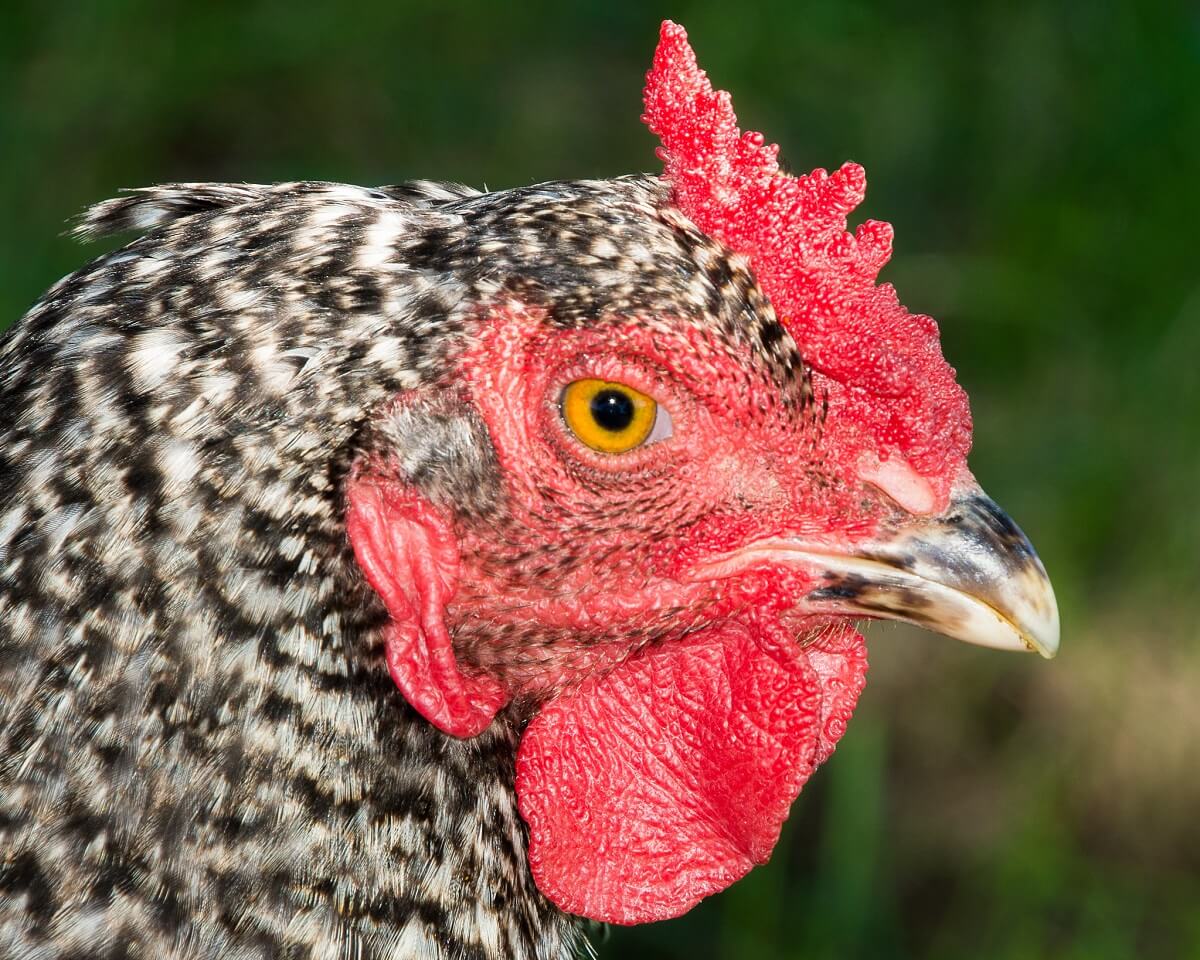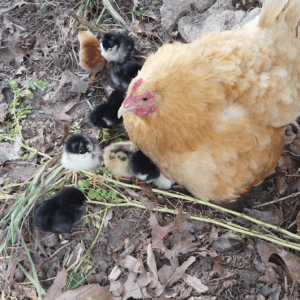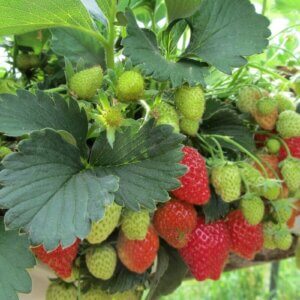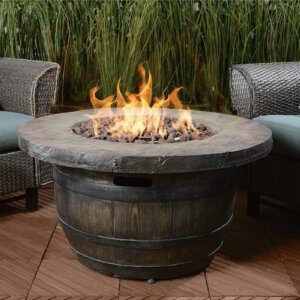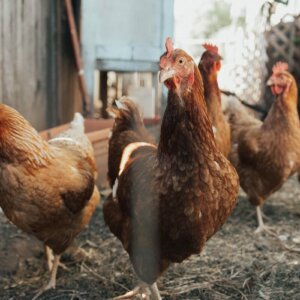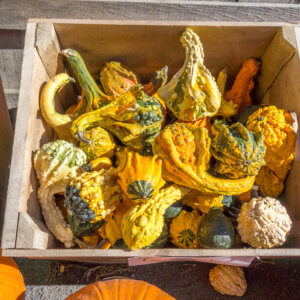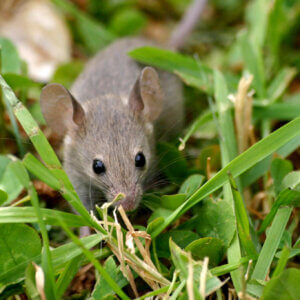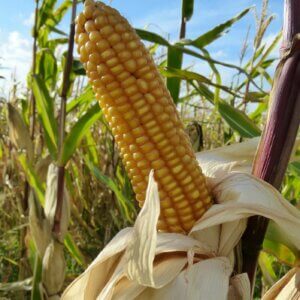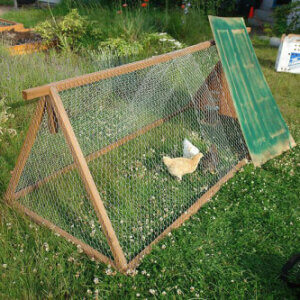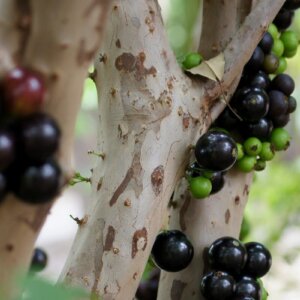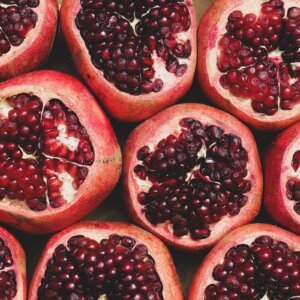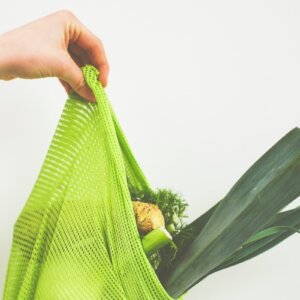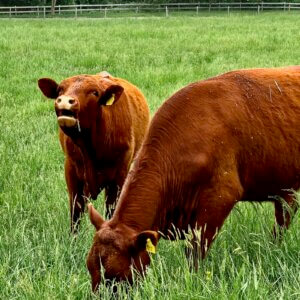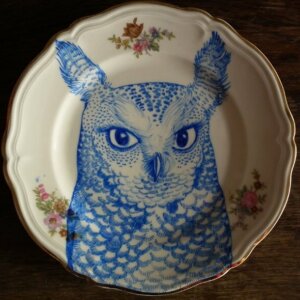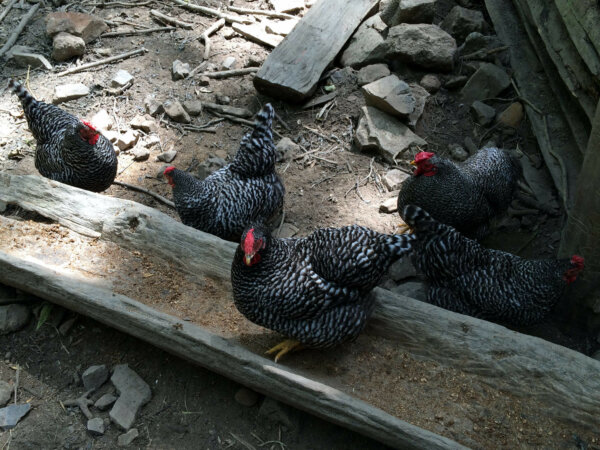
- Purpose: Dual-Purpose
- Eggs: Brown
- Egg Size: Medium-Small
- Color: Black/White
- Comb Type: Rose
Travel back in time to the Eastern United States in the 1700’s, and you’d find Dominique chickens strutting their stuff among the settlers and beginning homesteaders. This is the first American breed developed, intended for a general-use, dual-purpose bird.
It was quite popular for a time, but had a dangerously close brush with extinction in modern days! If you’re looking for a chicken with a history to tell, perhaps helping rescue this breed is for you.
As far as standard-sized chickens go, the Dominique tends to be on the small size, and so as a dual-purpose bird, it produces small-to medium eggs and a small butchered carcass–things to keep in mind if you’re trying to build the most productive flock for your investments!
Additionally, though every rooster has its own individual traits, many tend to be quite aggressive. Though this translates well against hawks and foxes, this is something to be aware of when you walk into the coop.
Characteristics
If you were a colonist trying to establish a homestead in a wild, new land, you’d better believe you wouldn’t want to spend your time nursing fragile, sensitive chickens! Thus, the Dominique is an incredibly self-reliant, hardy bird.
A fantastic forager with tightly-arranged, cold-hardy feathering, these black and white beauties can hold their own when it comes to free ranging on the land. Though their alert personalities make them predator-savvy, it doesn’t make them unfriendly! In fact, the calm, easy disposition of these chickens makes them easily-handled show birds, as well as genial backyard flock members.
Hens are gentle, nurturing mothers who can go broody but are also capable of laying a decent number of eggs a year. As a bonus, chicks are sex-linked, so you will be able to tell your future hens from your roosters from day one! Roosters are good flock protectors as well.
What’s The Yield?
Originally developed to be used for both meat and eggs, the somewhat diminutive Dominique excels more at producing eggs. Hens usually produce 230-274 medium or small brown eggs per year.
The standard weight of a cock is 7 pounds, while a hen is around 5 pounds. If you are hoping for a meatier bird, but like the attractive look of the Dominique, the Barred Rock is a little bit bigger and somewhat hard to tell visually apart!
What’s The Difference Between Dominiques And Barred Rocks Anyway?
To many, Dominique chickens may seem visually synonymous to Barred Rocks, but there are notable differences. First off, the Barred Rock is a more recent breed, actually derived, in part, from the older Dominique. The single comb of the Barred Rock is also a sure giveaway, as the rose comb of the Dominique is specific to its conformation, as well as its longer tail.
Barred Rocks are also slightly bigger and generally lay more eggs per week. Some sources also indicate that there is a difference between the barred feather pattern of the Barred Rock and the “cuckoo” feather pattern of the Dominique, but put a mixed batch of the birds in a flock, and I bet you’d be hard-pressed to tell the difference!
Pictures Of Dominique Chickens
Resources
- Dominique, The Livestock Conservancy
- Dominique, My Pet Chicken
- Dominique, Backyard Chickens
- Everything You Need To Know About The Dominique Chicken, Wide Open Pets
- Dominique Chickens: Heritage Poultry Breeds, Mother Earth News
- Dominique Chickens, Purely Poultry
- Dominique Chicken Personality: Friendly, Active, Nantahala Farm & Garden
- Poultry Breeds – Dominiques Chickens, Oklahoma State University
- Dominique Chickens, Othala Acres
- Difference between Barred Rock and Dominique Chickens, Buzzle
- The Dominique: America’s First Chicken Breed, Dominique Club Of America
- Why The Dominique?, Dominique Club Of America


